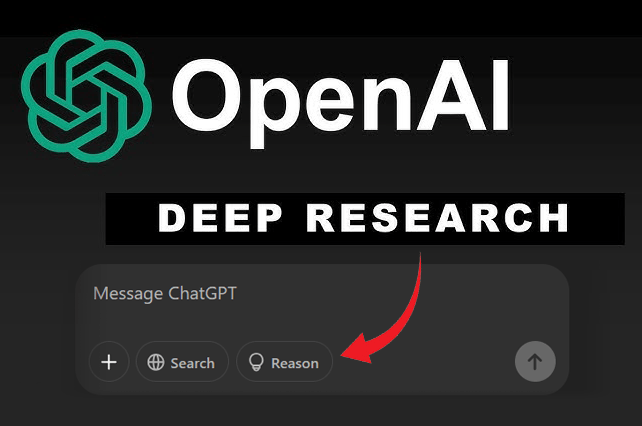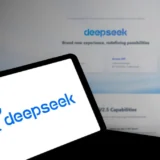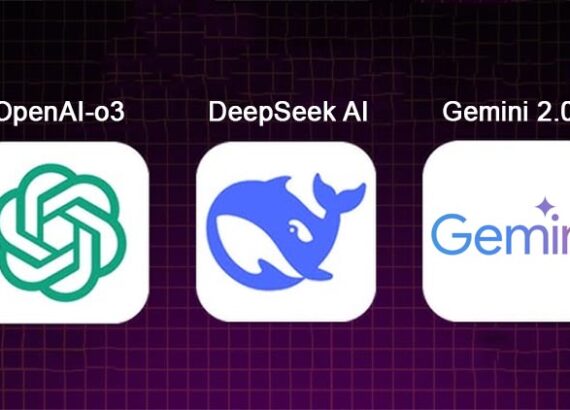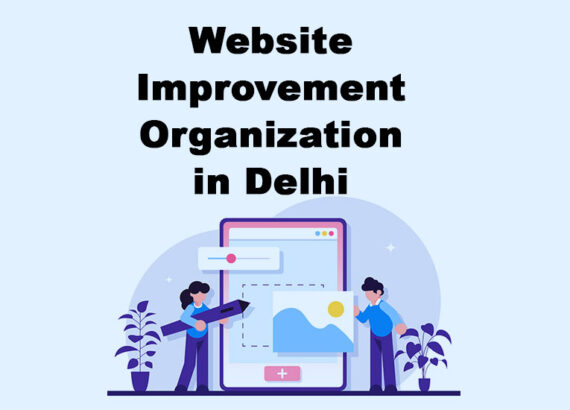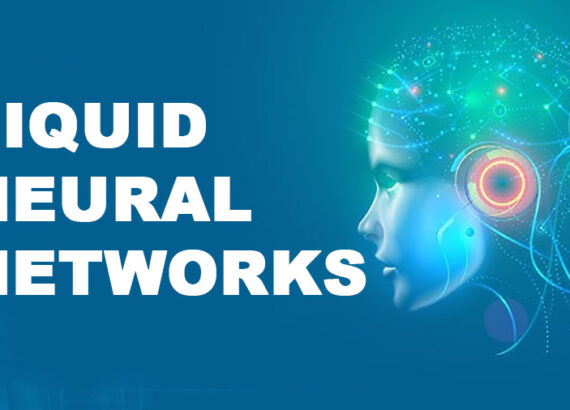Here is a new innovation or update as an AI agent by OpenAI – Deep Research. The idea behind introducing the AI agent is to redefine how we approach multifaceted tasks. Besides, the intention isn’t to replace researchers in the future but to assist them in their work. It helps users complete their research work in an organized way, which includes collecting the information, analyzing, and understanding insights. This feature adapts to all fields and industries. This innovation will change the way we interact with AI models for research tasks. The whole web is full of numerous resources, and the research task is not easy. You can limit the hurdles with Open AI’s Deep Research facility.
Furthermore, it makes sure to provide up-to-the-mark sources and insights to facilitate your research. Along with many fields, it is a great tool for students. As a student, you don’t need to explore and go through web pages; instead, Deep Research can help you. It saves time and facilitates decision-making and difficult operations for businesses. This blog discusses the best features of the AI agent – Deep Research and the steps to use it. Let’s explore further to know more!
The Need for an AI-determined Research Agent
For successful research, information is a great role player, but gathering it remains difficult at the same time. So, we need something that facilitates the process, making it easy to gather information. Luckily, we have AI tools and assistants for that. The new innovation – Deep Research, concentrates on the exact motive of facilitating research tasks, as the name suggests. It collects the most appropriate sources from the web and provides truthful insights. Moreover, it provides a commendable analysis and validates the genuineness of the findings. You can surely expect impartial results that match with contemporary trends.
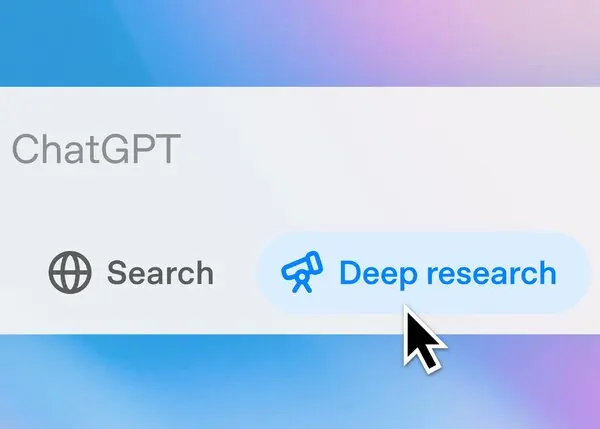
What is OpenAI’s Deep Research?
It is an AI agent that facilitates research tasks aligning with all contexts and industries. Besides, the tool is a superior choice for both everyday users and professionals in specific fields like finance and healthcare. It comprehensively researches, infers, and combines data from numerous different resources across the web. You just need to visit ChatGPT and select the option present near the place where you write your query. This facilitates multi-step research on the internet for complex tasks. You can infer that the new AI agent is the next step towards a more established future. According to Open AI’s recent blog article, the agent works great for tasks in areas like finance, policy, science, and tech.
The Associated Features of OpenAI’s Deep Research
1. Automatic data collection and summarization
Well, research is work involving days of hard work where you need to look over numerous articles, research papers, and more. But, the automated research with OpenAI’s Deep Research makes it all easy for you. You don’t need to struggle to gather data and information; the tool helps you with data search and analyzing processes. It can summarize numerous contextual and comprehensible pages for you. Here are the elements of the summaries:
- Key findings: These are the most important takeouts from a paper or study.
- Data trends: Secondly, it includes the necessary arithmetical insights or visual graphs and statistics.
- Author arguments: The next element is the hypotheses or viewpoints existing in the research.
- Reasonable insights: Lastly, the contrasting perspectives from numerous web sources.
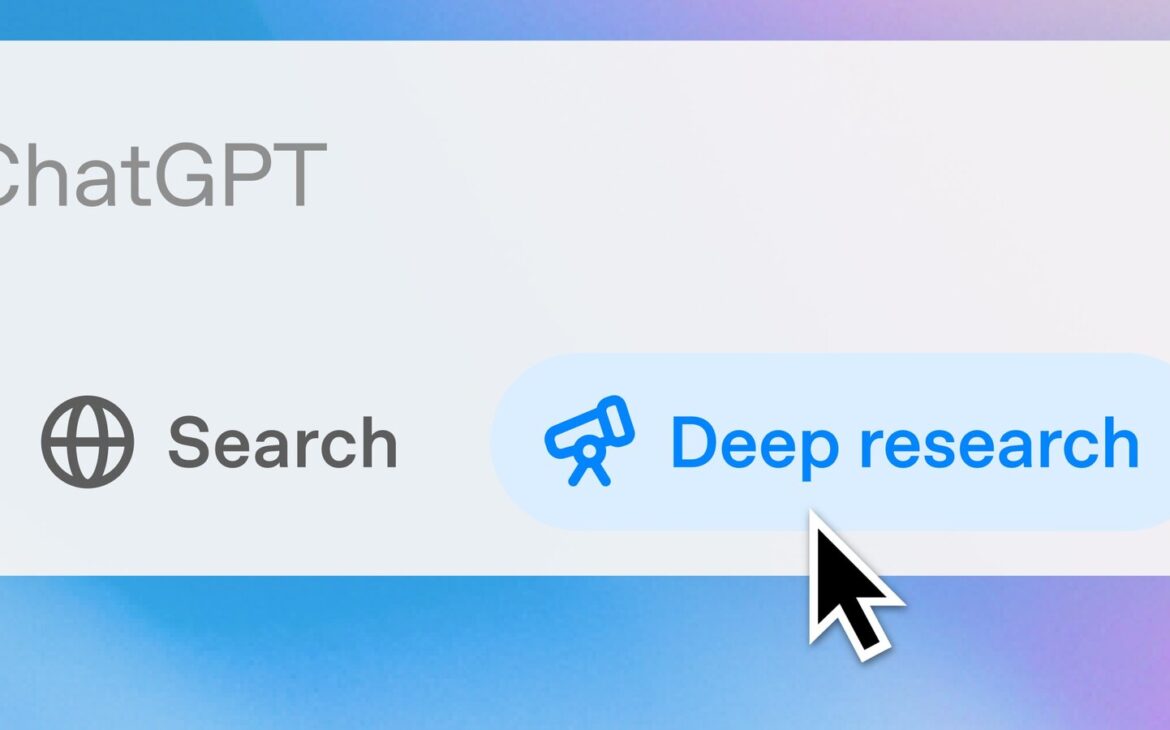
2. Sources Verification and Credibility Checks
Further, it makes sure to verify the sources and check for trustworthiness. It saves your research from out-of-date information and sources. It completes the process with strategies like:
- Cross-referencing multiple databases: It checks the databases to confirm the genuineness of information.
- Examining the credibility of journals, publishers, and authors to ensure the data comes from reputable institutions.
- Possible partialities can be analyzed by comparing how different sources present the same topic.
- Flagging misinformation and out-of-date studies prevent researchers from trusting undependable data.
3. Customizable Research Frameworks
Next, you can customize your research according to your preferences. The feature is beneficial for users as they can:
- Set research objectives: You can define whether you need a literature review, hypothesis testing, industry analysis, or policy research.
- Choose preferred data sources: Secondly, you can choose between academic journals, market reports, government databases, patents, or news sources.
- Apply discipline-specific methodologies: Subsequently, whether it’s quantitative research, qualitative analysis, or mixed methods, the AI adapts accordingly.
- Refine search parameters: Lastly, users can narrow results based on publication date, geography, author credibility, and citation count.

4. Instantaneous Collaboration & Citation Assistance
It promotes and facilitates collaboration and teamwork.
- Shared Workspaces: Foremost, teams can work in a collaborative environment that is cloud-based.
- Live Editing & Suggestions: Secondly, users can make edits, add comments, and receive AI suggestions that improve clarity and lucidity.
- Version Control: It records all changes so researchers can revert to previous versions if necessary to prevent accidental data loss.
- Cross-Disciplinary Incorporation: Lastly, researchers from different arenas can access applicable interdisciplinary observations without swapping between manifold platforms.
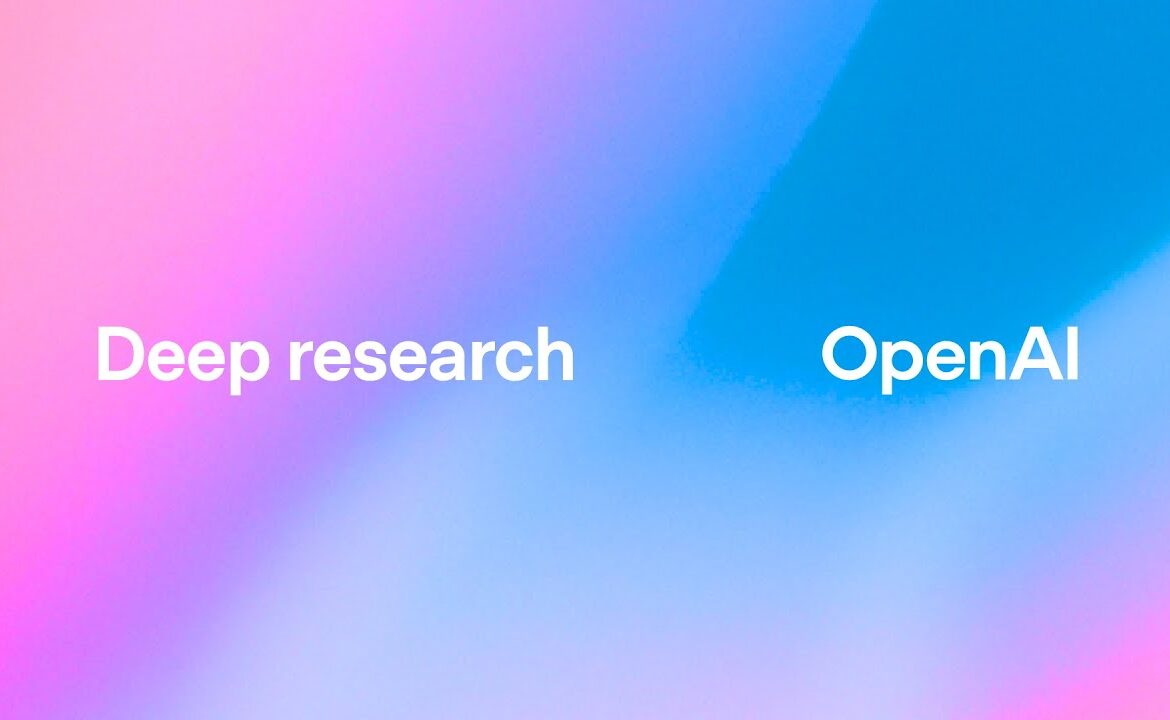
5. Natural Language Processing or Contextual Understanding
It effectively excels in contextual understanding. The tool offers a comprehensive report and analysis with a contextual understanding as an element of it.
6. Literature Review and Meta-Analysis with AI
Next, the tool can scan numerous academic papers and provide a full contextual review. It can produce a practical summary of significant theories, debates, and findings. Further, it excels in isolating geometric data from research articles.
7. Data Picturing and Report Generation
Last but not least, it offers inclusive pictures or visualization of the data and insights. It provides trend graphs, patterns, and much more to enhance your research as a student or a professional.
Conclusion
In conclusion, Deep Research is a great tool that enhances and speeds up your research work. It is adaptable to all, including students, researchers, businesses, and industries. The tool is an excellent source for knowledge and data collection. Nextr Technology is the best web development agency in Delhi. We provide insightful articles to create awareness and understanding among users and professionals. To know more, contact us!
Thank you for reading 🙂
Buy Web Hosting at an affordable price: Buy Now.
If you want to build your website at an affordable price, contact www.nextr.in
Read this: Benefits of Having a Website for Personal or Professional Use

